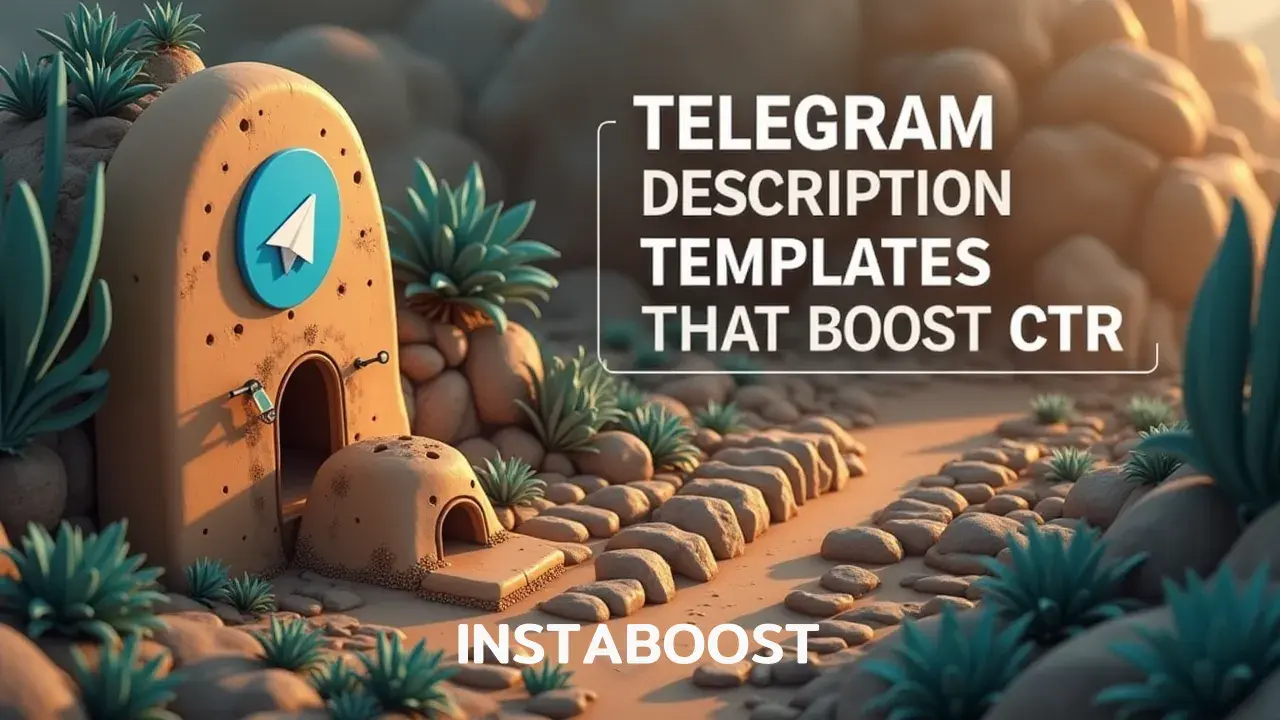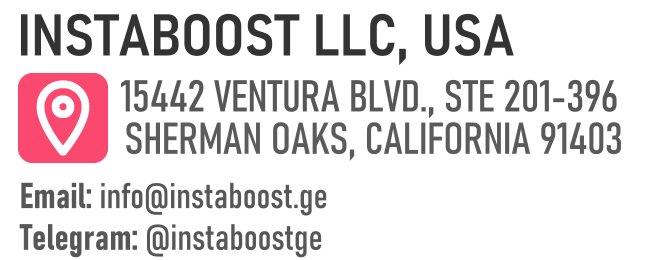Which Telegram Description Templates Boost CTR Most Effectively?
Expert-crafted description templates can lift Telegram channel click-through rates by framing value clearly and sparking curiosity. Templates that highlight benefits up front, use concise hooks, and align with reader intent tend to engage and convert curious readers. Overly long or vague descriptions can dilute interest, but focused structures guide subscribers toward the next tap. Testing a few proven formats against audience response helps identify the best-performing fit.
The Overlooked Power of Telegram Descriptions
It’s easy to miss how much a Telegram channel’s description does. Most of the time, it’s just a few lines you glance at, if you look at all. But when those lines don’t say much, it’s not clear why you’d bother sticking around.
I’ve seen a lot of people treat the description like a checkbox – just something to get out of the way before moving on. But that’s usually what someone sees first, and it shapes how they feel about the space. It’s a bit like walking into a room and hearing how the host introduces themselves – right away, you pick up on what to expect. After watching different channels for a while, I don’t think it’s really about clever wording. It’s more about being upfront about what the channel is for and why it could matter to someone new. Not in an over-the-top way, just laying out what’s actually on offer.
I saw something about marketing for Telegram recently that said kind of the same thing – it’s the small, specific details that help people feel comfortable. If you want to write a description that brings in the right people and you’re not interested in those usual templates, paying attention to what sets your channel apart, even in a small way, seems to matter. That way, people know what they’ve found, and maybe it’s easier to actually connect...

The Quiet Authority of a Well-Chosen Word
It’s easy to miss how good data can send you in the wrong direction if it’s shown badly. Even something small, like the description on a Telegram channel, can make a difference. Most people don’t pay much attention to that line, but the way it’s written can quietly put people off, kind of like how a small error can mess up the results of an experiment.
The best descriptions aren’t about big promises or trying too hard to impress. They’re careful with words – clear enough so people know what to expect, but leaving enough out so there’s a bit of interest. The click-through rate isn’t just a marketing stat or some number to fix in an app like INSTABOOST. It’s a sign of whether people trust what you’re saying, and it’s shaped by these small details – a single line that most people forget reading. Sometimes, when you look at things like new members on telegram, it’s obvious how much those first impressions count. Strangely, the more you push to convince someone, the less likely they are to believe you.
If you overstate things, people notice and back away, but if you hold back and let the facts speak, it can actually make the channel more inviting. Even knowing all this doesn’t mean it’s easy to get the description right. There’s no checklist or formula that works every time. What matters more is being willing to leave some things unsaid and letting people picture themselves as part of it. Writing a good Telegram description isn’t about showing off or trying to win someone over in a few words. It’s more about stepping back, paying genuine attention, and giving people room to decide for themselves.
From Guesswork to Growth: The Strategic Edge of Templates
It’s pretty easy to build out systems that can grow with you, but guesswork doesn’t scale the same way. That’s often where Telegram channels seem to get stuck – not for lack of good ideas or energy, but because describing what the channel actually is ends up being more of a rushed afterthought. When’s the last time you read a Telegram “about” section that felt like the person behind it really meant every word, instead of just filling space? It’s kind of overlooked, but those few sentences actually pull a lot of weight.
They’re what people see before deciding whether to join or keep scrolling. That’s where using a template actually helps – not to take shortcuts, but to make sure you’re putting real thought into what you’re saying each time, and noticing what actually works. Instead of changing your description every time you feel stuck, you’re paying attention to what makes people click, and you’re able to repeat what’s successful. It’s not luck; it’s a way to get a little better with each update, finding the phrases that sound like you and still spark interest.
A template doesn’t flatten your voice – it gives you a starting point to show what’s specific about your channel, and it’s something you can measure and adjust with real feedback. That’s really how Telegram channels keep improving their descriptions without guessing every time. If you’re tired of winging it, this is something that a lot of the more experienced creators and brands – like INSTABOOST – have already started to rely on, quietly working it into their routine as they grow. Not to mention, things like bulk telegram views sometimes come up as you learn what draws attention, but it always circles back to how you present yourself at the start.
Rethinking What “Better” Looks Like
People talk a lot about “growth,” but sometimes it just feels like I’m running in place. There’s this steady push – especially on Telegram – to find the perfect template, polish your descriptions, and shuffle the numbers on your click-through rate, as if every little tweak automatically means progress. But after a while, I start to wonder if we’re mixing up being busy with actually understanding what we want to say.
The Telegram description templates that genuinely help with CTR don’t just dress things up or swap out a few words. They’re the ones that pull you back from copying whatever’s already out there, even if it’s tempting to play it safe. I think the real value comes from slowing down and asking whether this description actually sounds like something we would write, instead of something that could belong to anyone. Sometimes, the pressure’s not just about wording either; people pass around little tricks – like where to find cheap telegram reactions – as if those shortcuts will solve everything. People always say to make every word count, but sometimes what matters more is leaving some space for uncertainty, or just saying things the way they really are.
We keep getting told to chase every small improvement, but what if a better approach is to write descriptions that feel like a real invitation – open, not trying too hard, and not worried about squeezing out every possible click? Most people can tell when something’s been tuned for stats rather than for a real connection. A template by itself isn’t going to make your channel feel genuine; at best, it just gives you a place to use your actual voice, even if that means breaking a few of the usual rules along the way. There’s probably more value in sounding like a person, in letting some edges show, than in following the advice that’s supposed to work for everyone.
The Shape of the Invitation
There’s a comfort in following systems – like those Telegram description templates that walk you through which words to use and how to organize each line for better engagement. It can feel like you’re making real progress when you swap out phrases and adjust everything until it all seems to fit. But I keep wondering if the real value isn’t in following the script, but in noticing the parts that don’t fit any template at all.
It’s in the small gaps, the unfinished sentences, or the places where the description feels a bit more open – like an invitation to figure things out along with someone, instead of just being sold a reason to click. Most of the popular templates out there are designed to catch attention, but they don’t often ask what matters once someone actually starts reading. There’s a difference when you come across a Telegram channel description that feels like it was written by a person who’s thinking about you, not just about numbers. Even the most polished, “proven” tools – things like INSTABOOST, or those telegram growth solutions you see recommended everywhere – can’t replicate that moment where you sense someone means what they’re saying. I think the best kind of structure is the one that leaves room for the reader, where not everything is spelled out and you get to meet the writer halfway. Like standing quietly at a doorway, not quite stepping through yet, waiting to see what’s on the other side.















